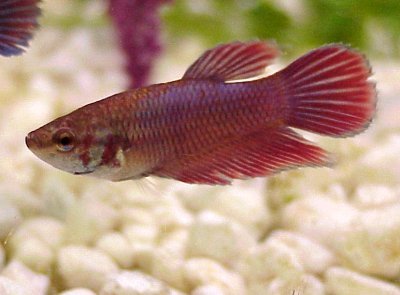Tiger Shark
The tiger shark, which is a night hunter has a reputation for eating anything in its path, little caring if it is nutritional or not.
Tiger sharks are known to be very aggressive. They have an ability to pick up pressure waves that help him to move toward an animal in even the darkest sater.
It will circle its prey and even prod it to study what it might be. In an attack it will consume the entire prey. This type of frenzied feeding is common in sharks.
Sharks breed by internal fertilization.

Tiger Sharks
The tiger shark breeds by internal fertilization, and give birth to live young, which is very uncommon in water species.
Male tiger sharks will hold the female still by the neck while it mates and may cause some very serious injury or discomfort as it does so.
Mating takes place in March or April, and the babies are born the following year in the northern hemisphere, while the opposite is true in the southern Mating will take place in December there and the babies will be born in the following year, in December or January.
The young live inside the mother for up to 14 months and can be born along with anywhere from 20 to 60 brothers and sisters.
A newborn shark is about 20 inches long and will leave its mother as soon as it is born. Tiger sharks are estimated to live about twenty years.
Although shark attacks are quite rare really, the tiger shark bears responsibility for a vast percentage of those which do happen. Tiger sharks are regarded as one of the most dangerous types of sharks from an attack standpoint.
They can come into rivers and harbors and thus are in close contact with humans. They are very curious and will attack a human that they come into contact with.
Tiger sharks have been a very serious problem in the tourist areas of Hawaii, and were hunted quite avidly for a time. The taking of about 5000 tiger sharks in the area did not lessen the number of attacks.
Find out more about the Tiger Shark over at Wikipedia »




wow so amazing and interesting